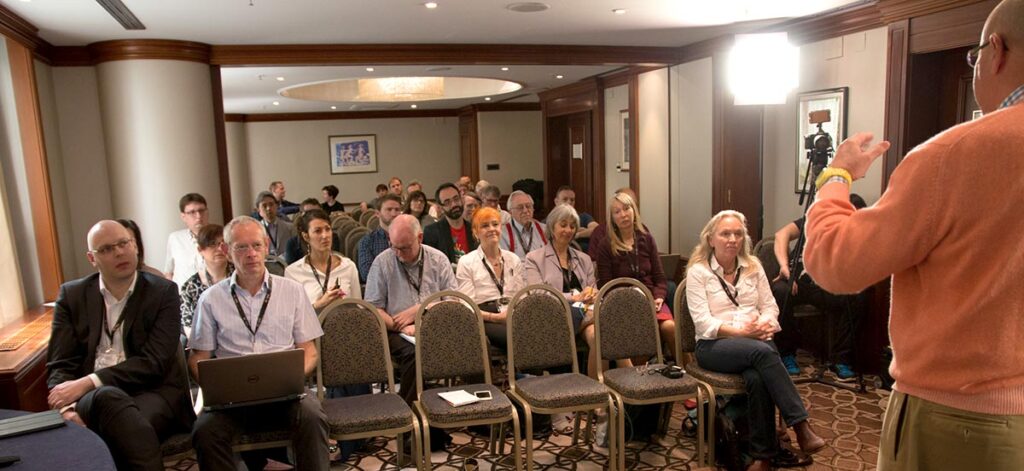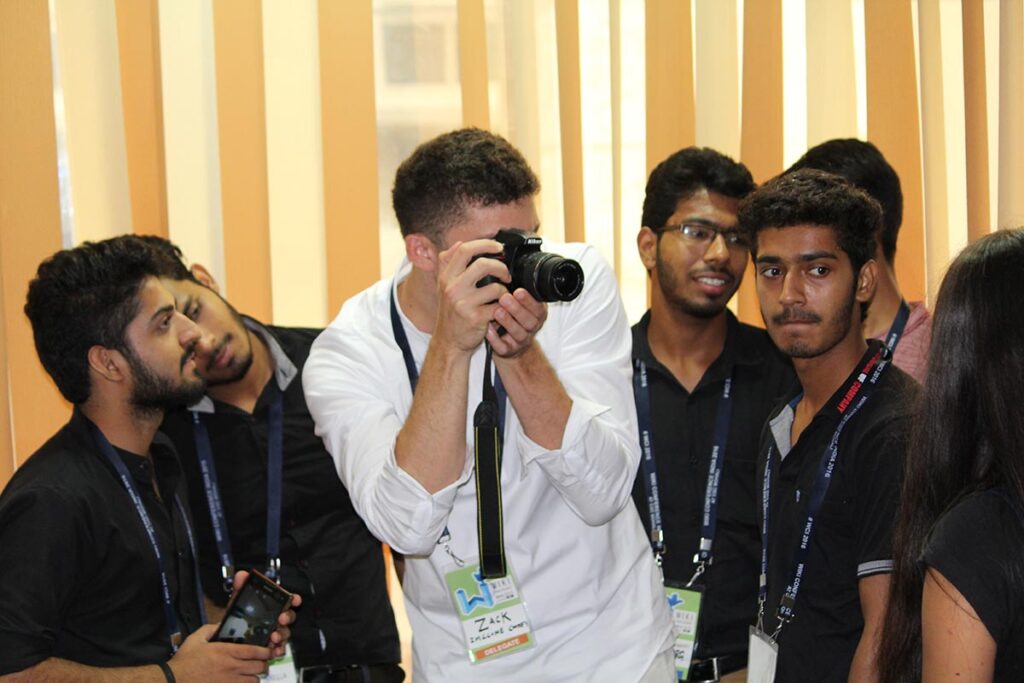Artistic mediation in photography serves as a vital link between photographers, their work, and the audience. This process involves making photographic art more accessible, understandable, and engaging. By fostering deeper connections and enhancing appreciation, artistic mediation plays a crucial role in the world of photography. This article explores the concept of artistic mediation in photography, its importance, methods, and impact.
Understanding Artistic Mediation in Photography
Artistic mediation in photography refers to various practices designed to facilitate interaction between photographic works and the audience. It aims to demystify the art of photography, providing context and interpretation that help viewers connect with and appreciate photographic images on a deeper level.

The Importance of Artistic Mediation in Photography
- Enhancing Accessibility
- Artistic mediation democratizes photography, making it accessible to a broader audience. It breaks down complex concepts and technical jargon, allowing individuals from all backgrounds to engage with and appreciate photographic art. Through guided explanations, accessible exhibitions, and educational resources, mediation ensures that everyone can connect with images, regardless of their prior knowledge or experience with photography.
- Facilitating Education
- One of the primary roles of artistic mediation is education. It provides context, historical background, and technical insights into photographic works. By explaining the photographer’s intent, the context of the images, and the underlying stories, mediation enriches the viewer’s understanding. This educational aspect transforms mere viewing into a more profound experience, where audiences can grasp the significance of the images beyond their surface.
- Promoting Engagement
- Artistic mediation also fosters active engagement with photography. Through interactive experiences, discussions, and hands-on activities, it transforms passive viewing into an immersive experience. Such engagement encourages viewers to explore and interpret images more deeply, stimulating personal connections and responses. This dynamic interaction with photographic works enhances the overall viewing experience, making it more memorable and impactful.
- Encouraging Cultural Exchange
- Artistic mediation plays a crucial role in promoting cultural exchange. By showcasing diverse photographic styles and perspectives, it introduces viewers to different cultural contexts and narratives. This exposure fosters a greater appreciation for global diversity and broadens the viewer’s horizons. Understanding and valuing various cultural expressions through photography not only enriches the audience’s experience but also nurtures cross-cultural dialogue and empathy.

Methods of Artistic Mediation in Photography
- Guided Tours and Talks
- Guided tours and talks by knowledgeable mediators provide insights into photographic exhibitions. These sessions offer explanations about the photographers, their techniques, and the themes of their work.
- Workshops and Interactive Sessions
- Workshops allow participants to explore photography hands-on. They can learn about camera settings, composition, and editing, and even create their own photographic projects. Interactive sessions might include Q&A with photographers, discussions about the meaning of images, and collaborative photo assignments.
- Educational Programs
- Educational programs tailored for schools, families, and community groups bring photography to diverse audiences. These programs often include lectures, practical activities, and special events that integrate photography into broader learning experiences.
- Digital Platforms
- Digital mediation is increasingly important in photography. Virtual exhibitions, online galleries, and multimedia guides provide remote access to photographic works, allowing people to explore images from anywhere in the world.
- Exhibition Design
- Thoughtful exhibition design can also serve as mediation. The layout of an exhibition, the use of descriptive labels, and multimedia elements such as videos and interactive displays can guide viewers through the narrative of the photographic work.

Impact of Artistic Mediation in Photography
- Enhanced Appreciation
- Artistic mediation helps viewers develop a deeper appreciation for photography by providing context and meaning. It enriches the viewing experience and fosters a lifelong interest in photographic art.
- Inclusivity
- By making photography more accessible and engaging, mediation promotes inclusivity. It ensures that diverse audiences, regardless of their background or prior knowledge, can connect with and enjoy photographic art.
- Cultural Awareness
- Mediation broadens cultural awareness by exposing audiences to different photographic traditions and viewpoints. It encourages empathy and understanding, contributing to a more culturally informed society.
- Support for Photographers
- Mediators often act as advocates for photographers, helping to communicate their vision and message to the public. This support can enhance the visibility and appreciation of photographers’ work.
Conclusion
Artistic mediation in photography is a vital practice that bridges the gap between photographic images and the audience. By making photography more accessible, educational, and engaging, it fosters a deeper appreciation and understanding of photographic art. Whether through guided tours, workshops, educational programs, or digital platforms, artistic mediation plays a crucial role in connecting people with the world of photography, enriching the cultural landscape for everyone.
